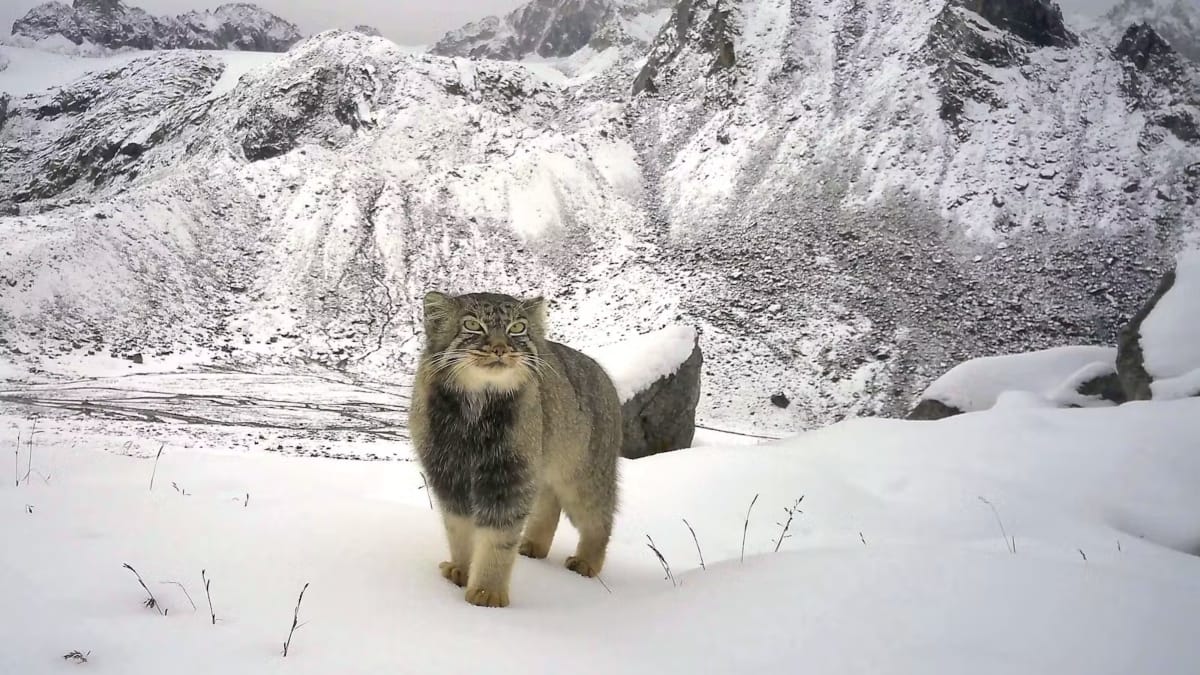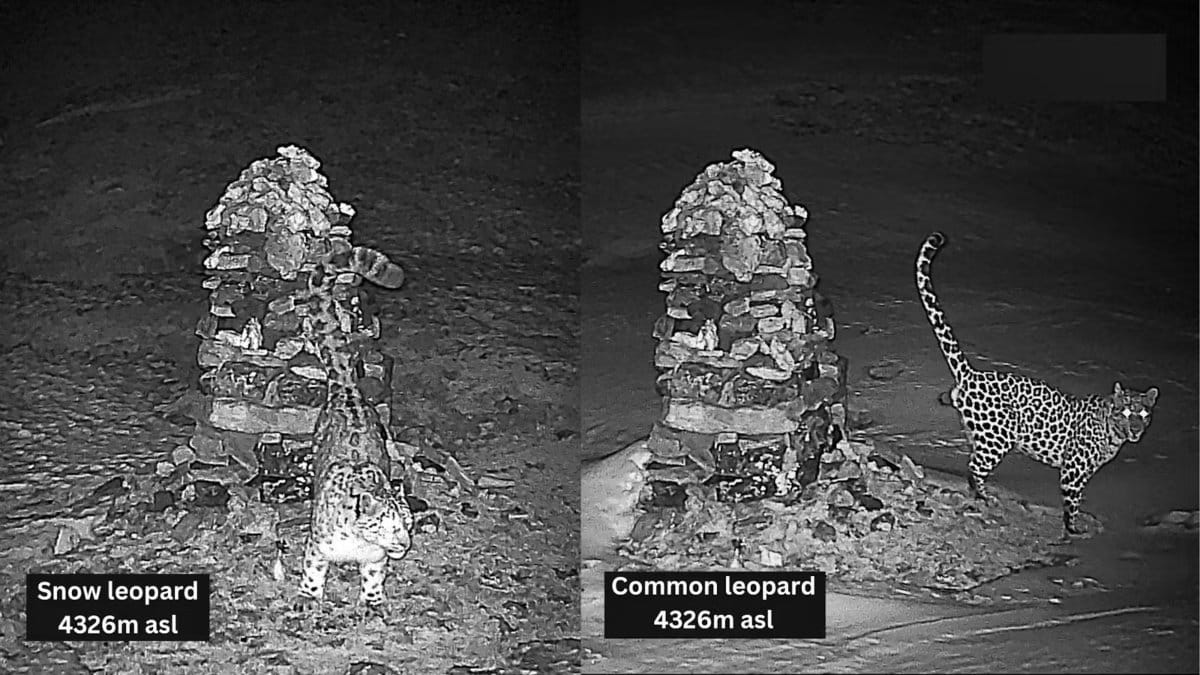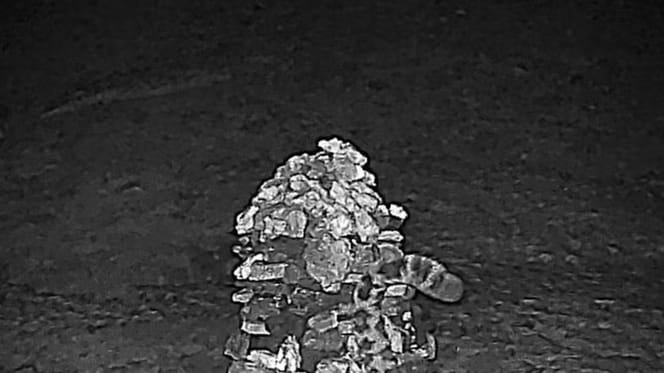In the icy heights of the Himalayas, where the air is so thin that every breath becomes a challenge, WWF researchers embarked on what seemed an impossible mission. They can now report extraordinary success.
Between July and September 2024, they installed 136 camera traps at 83 strategic locations in the remote high-altitude regions of Tawang and West Kameng in the Indian state of Arunachal Pradesh. Nearly 16,400 feet above sea level! What the researchers discovered exceeded their wildest expectations.
First photo of an elusive survivor
Researchers from WWF India have captured a Pallas's cat on camera traps. These images are the first ever to document this species in India. The small, stocky wildcat with its characteristically fluffy coat and round pupils was previously only known from the steppes of Central Asia.
The Pallas's cat is one of the world's most elusive animals. Despite its global classification as "least concern", it's extremely difficult to study. It consistently avoids human contact and is usually only active at dusk.

Remarkable species list in the Indian Himalayas
But the Pallas's cat wasn't the only surprise caught by the camera traps. The cameras captured five other wildcat species – snow leopard, leopard, clouded leopard, leopard cat and marbled cat. This high-altitude region shows a biodiversity that surprises even experienced researchers.
New altitude records
The expedition broke several records. Among the documented findings:
- Leopard at 15,090 feet,
- Clouded leopard at 15,255 feet,
- Marbled cat at 14,190 feet.
A Himalayan wood owl (13,760 feet) and a grey-headed giant flying squirrel (14,790 feet) also set new altitude records. Some of these figures may even exceed previously known global limits.

Humans and animals in balance
The discovery of the Pallas's cat in this region significantly expands its known range. It highlights how resilient yet vulnerable the eastern Himalayan ecosystem is.
The cameras documented not only wildcats but also Brokpa herders and their livestock. For centuries, humans and animals have lived side by side in this region. Scientists believe this delicate balance must be protected.
"A powerful reminder"
WWF expert Rishi Kumar Sharma calls the discovery "a powerful reminder of how little we still know about life in the high Himalayas". The results are a milestone and a call to invest more in research and conservation. This will help ensure this unique landscape and its inhabitants can survive in the future.


